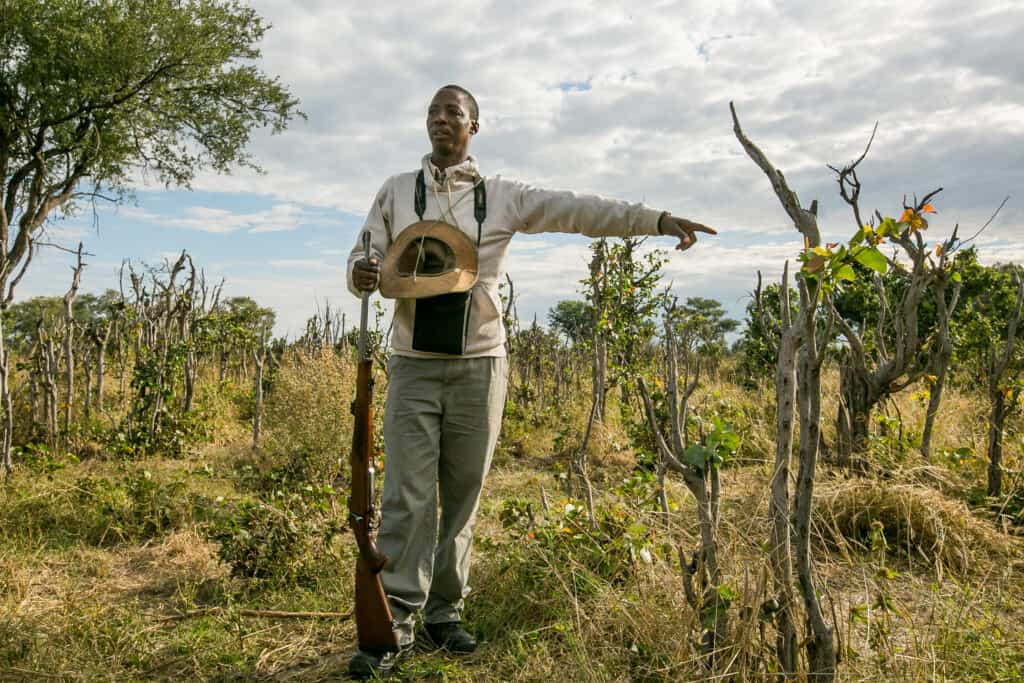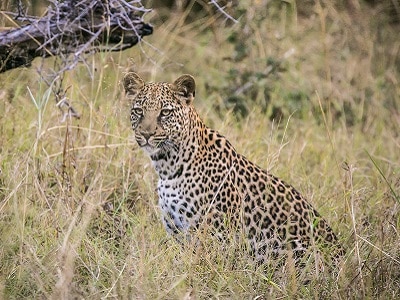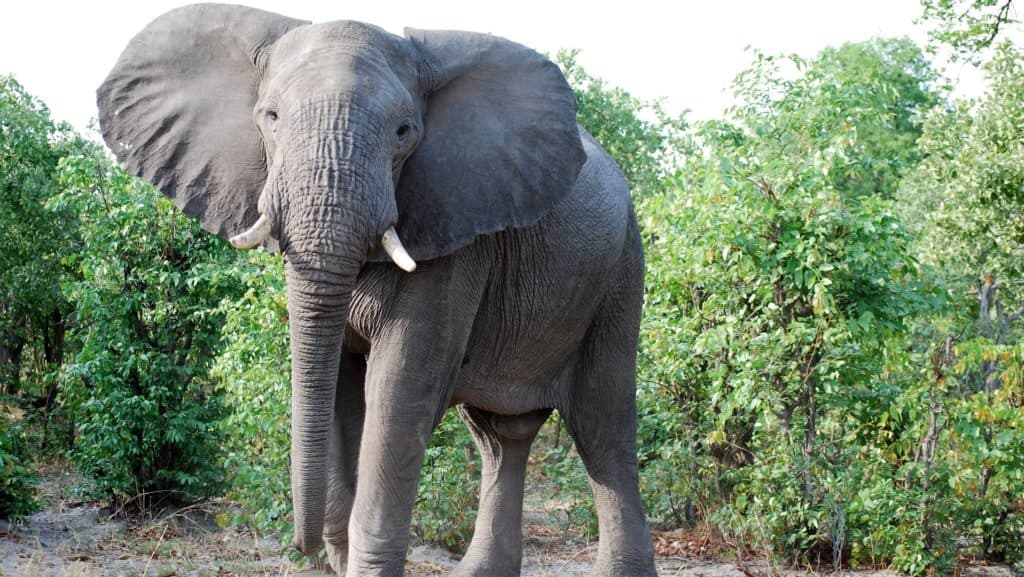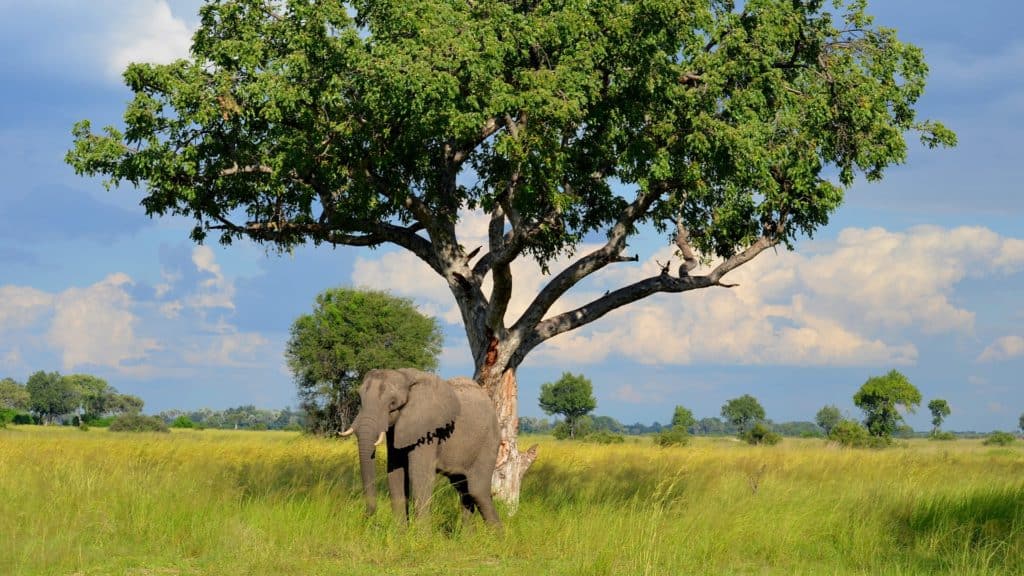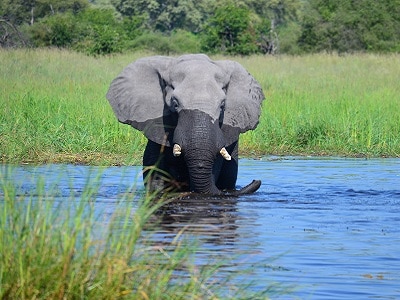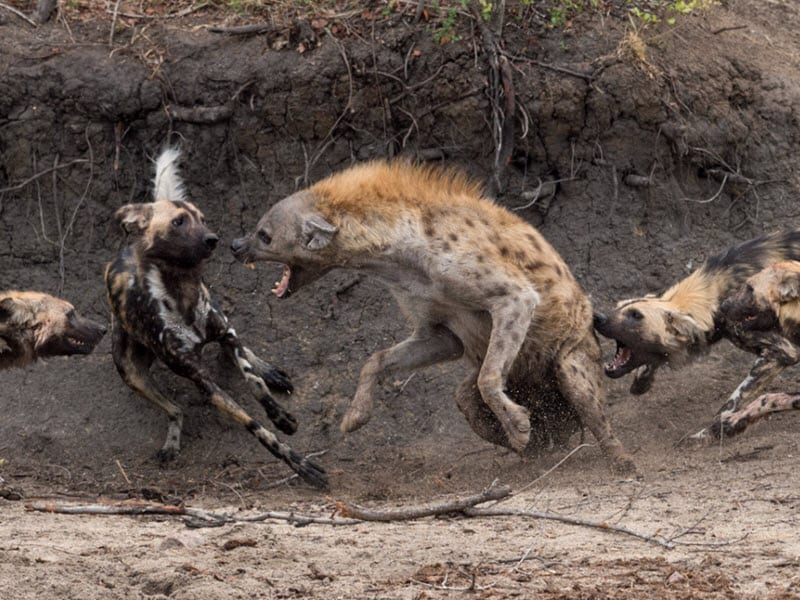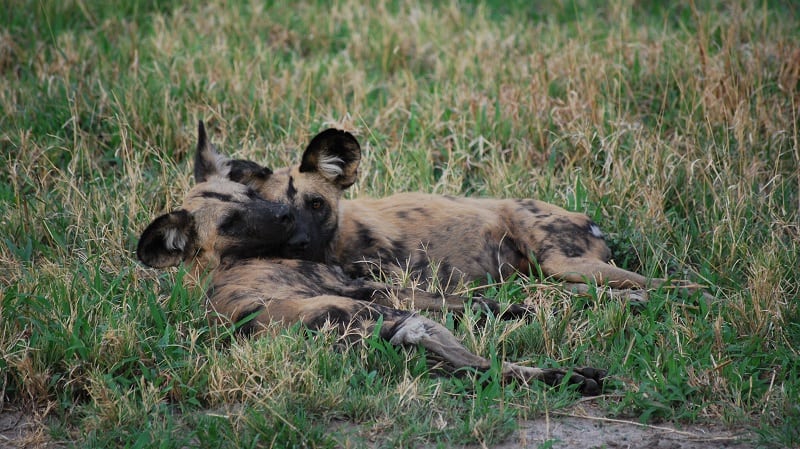Botswana
Safari Eden from Kalahari Desert to Okavango Delta
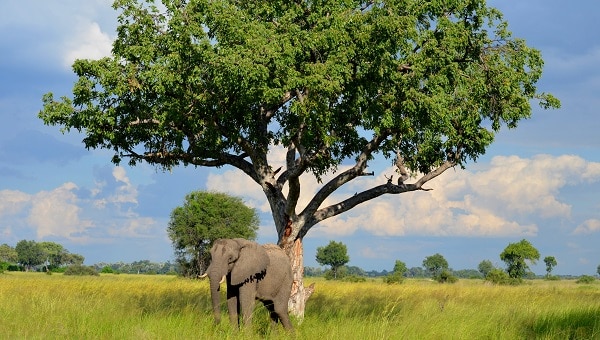
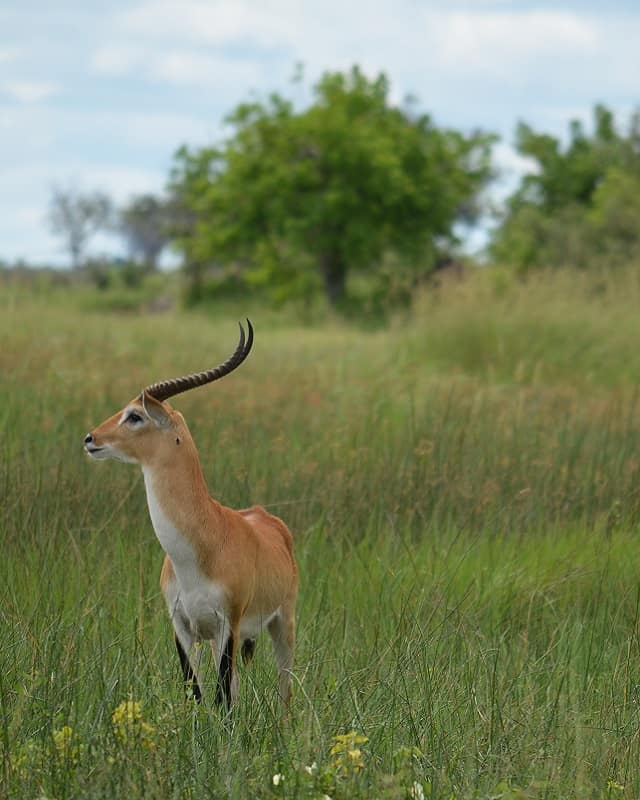
Botswana Sample Safaris
Bushman’s Botswana
Return to the origins of humanity as you head deep into the heart of Botswana and the world-famous Okavango Delta and Kalahari Desert. Experience the Old Way of the Bushmen - the indigenous people of southern Africa.
Into the Botswana Wild with Victoria Falls
Experience the best of Northern Botswana in the Okavango Delta, Kwando Concession and Chobe River, plus the majestic "smoke that thunders" in Victoria Falls.
Big Five of Southern Africa
Southern Africa is an incredibly diverse region with varying weather, landscapes, cultures, and wildlife. This itinerary covers three major highlights of Southern Africa: The Greater Kruger National Park, Victoria Falls and the Okavango Delta.
Botswana Elephant Safari
This elephant-focused safari takes you to some of the best locations in all of Africa for seeing and interacting with elephants.
Botswana Desert and Delta Safari: Outstanding Value, Top Wildlife and Diverse Landscapes
This safari is customized to take advantage of the best opportunities for the green season in Botswana to observe diverse wildlife.
Ultimate Predators of Botswana
This safari includes our favorite private concession areas which have proven to provide exceptional opportunities to view Botswana's iconic predator species including lion, leopard, cheetah, and wild dog.
Botswana Exquisite Expedition: Luxury for Less
Explore the great variety of habitats and species Botswana offers. You will likely see between 30 and 35 different mammal species along with a spectacular array of birds and other wildlife.
Top Botswana Safari Locations
Botswana Safari Regions

Central Kalahari Game Reserve
Overview
Location
Wildlife
Best Times to Go

Chobe National Park
Overview
Location
Wildlife
Best Times to Go

Linyanti / Selinda
Overview
Location
Wildlife
Best Times to Go

Makgadikgadi Pans
Overview
Location
Wildlife
Best Times to Go

Moremi Game Reserve
Overview
Location
Wildlife
Best Times to Go

Nxai Pan
Overview
Location
Wildlife
Best Times to Go

Okavango Delta
Overview
Location
Wildlife
Best Times to Go

